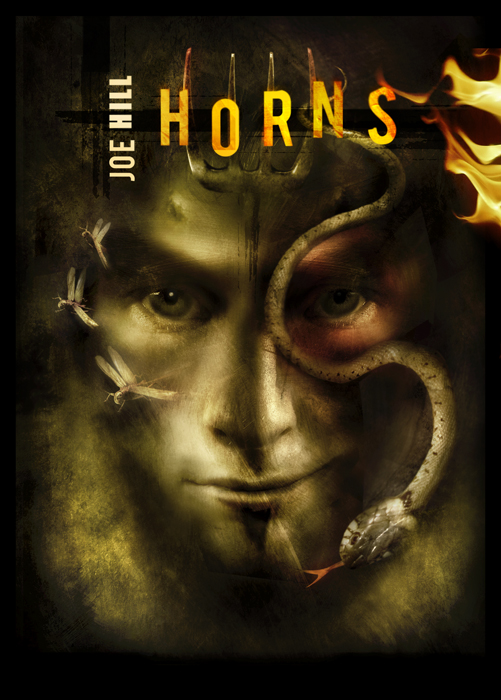Overview;
Renowned police Captain Anthony Mace is a media darling after his apprehension of the Full Moon Killer. His superiors place their full faith behind him as a new killer begins to ravage New York. The useable clues are sparse and as the mangled decapitated corpses begin to grow in number Mace begins to fear what the truth may be.
Review;
“Mace’s body tingled. Standing there, he felt overwhelmed by the notion that his team had caught a case that could destroy careers as easily as it could make them, and he regretted being a departmental middleman.”
Gregory Lamberson’s The Frenzy Way is a modern piece of pulp fiction. This is meant to be a compliment. The story follows Anthony Mace as he tracks a werewolf serial killer through New York. One of Lamberson’s greatest accomplishments with the novel is he keeps the investigative elements fresh and exciting even though the reader is in procession of more information than the main protagonist. This is accomplished by the breadth and detail of the scenes where Mace investigates the carnage of the werewolf. In each scene a new element is revealed, while not always helping Mace they bring the reader deeper into Lamberson’s world. Mace’s character is supported by the enigmatic werewolf hunters John Stalk and Pedro Phillipe. While interaction between the three characters is very limited their actions work to fully flesh out Lamberson’s world.
A werewolf novel is difficult to write. This is evident by how few novels there are regarding the classic creatures. While bookshelves and movie houses are packed with zombies and vampires somehow the werewolf is left out. Lamberson’s werewolves are supported by an incredibly realized mythology. Staying true to the classic creatures Lamberson fleshes out the world they inhabit. Rather than explain the creature a potentially dull task, the world in which they operate is given detailed thought. The background of the werewolves and the hunters in The Frenzy Way could fill multiple tomes, and it is here that Lamberson excels again. The story never loses focus from the hunt for the werewolf serial killer. The novel is entirely self contained, and leaves the reader both wanting more and satisfied with the final outcome.
In the end;
Gregory Lamberson’s The Frenzy Way will without question appeal to genre fans or pulp fans. The brisk pace of the story is never tethered and catapults forward with fervor. The action sequences are well paced and satisfying. Anyone searching for a novel approach to werewolf mythology would be hard pressed to find a better title. The Frenzy Way is also a rare novel where the cover art is wholly accurate. If the cover art appeals to you, you will enjoy this novel.









